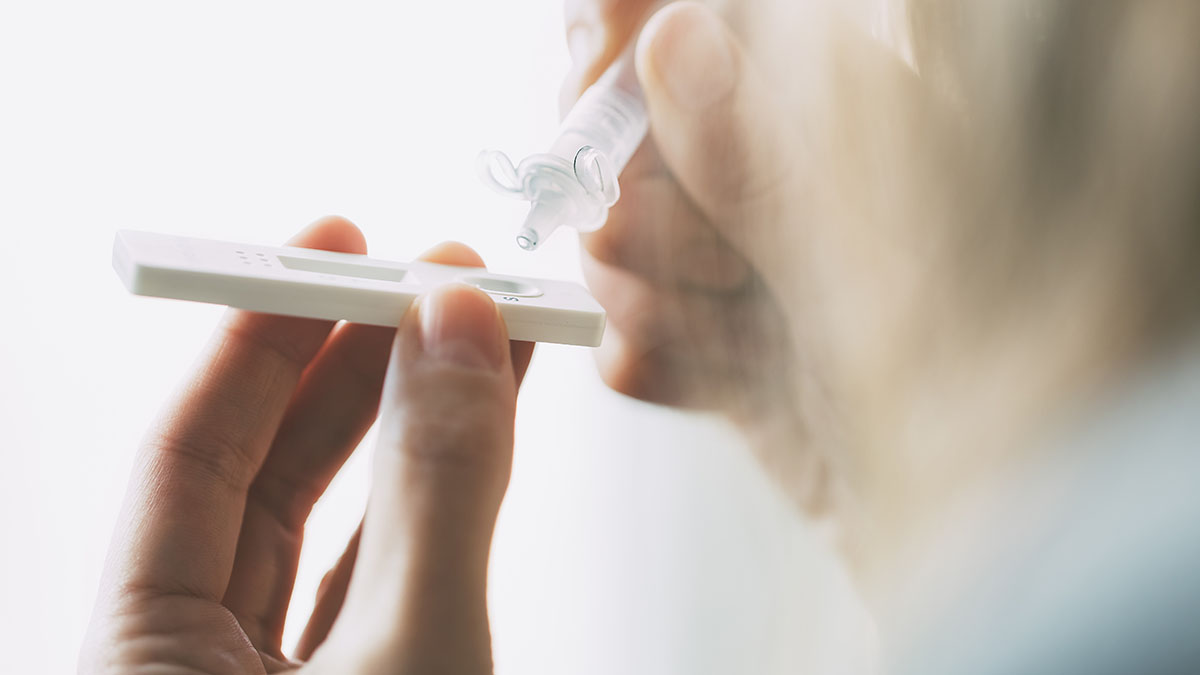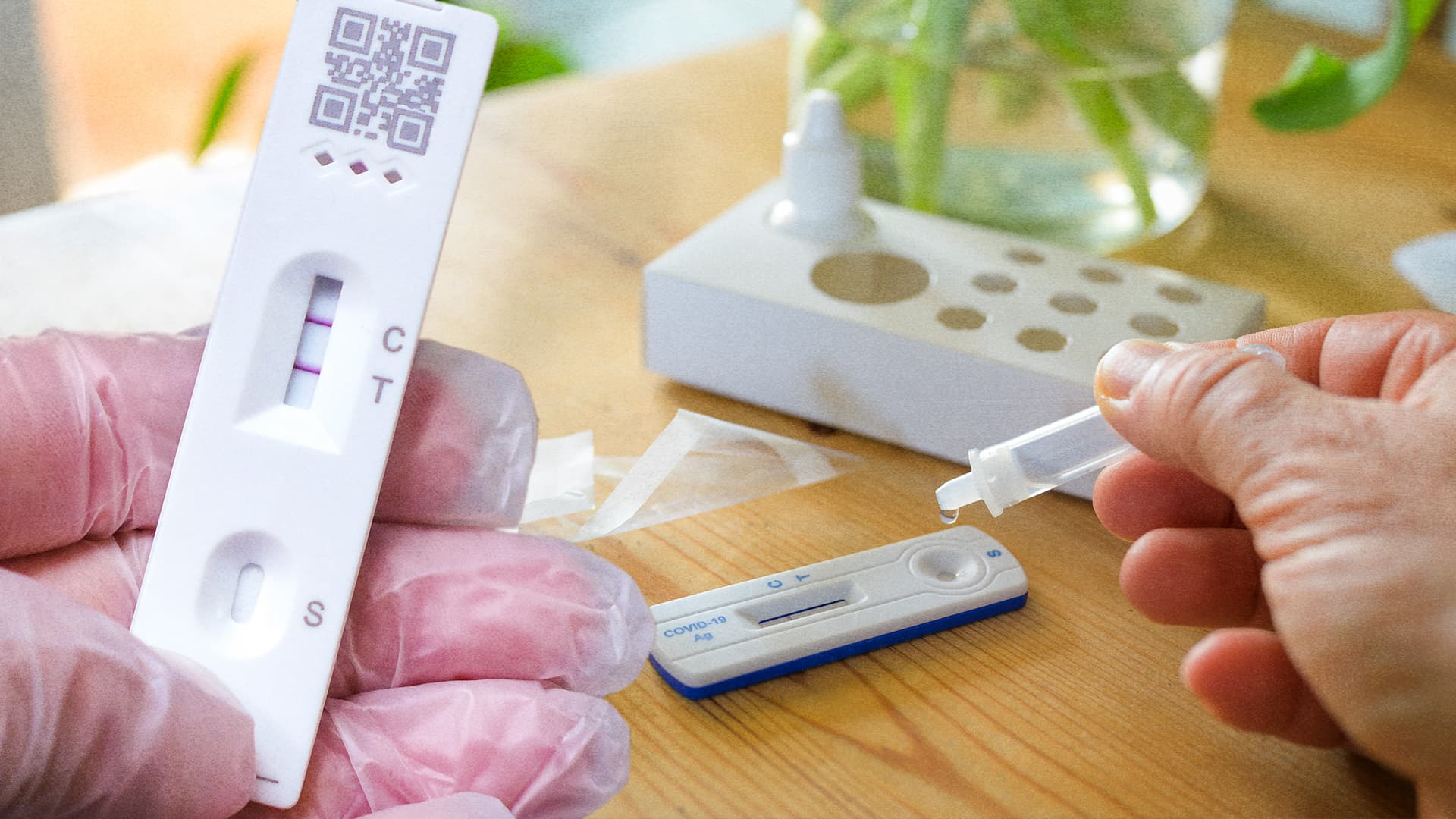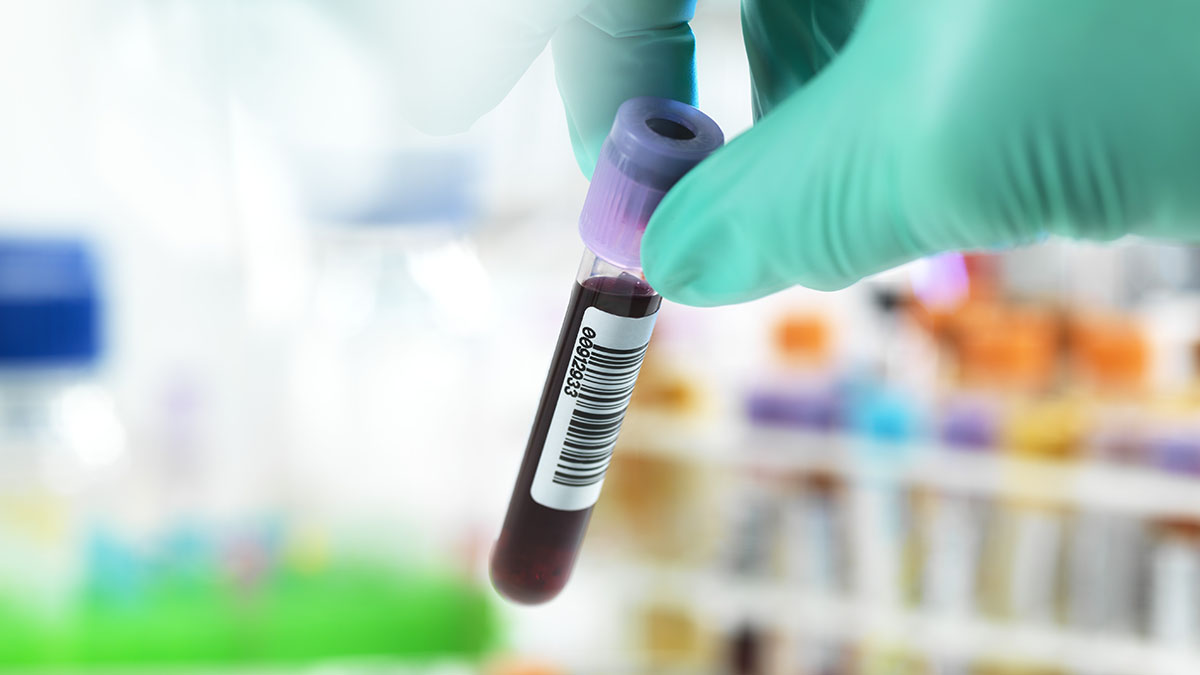**Editor's note: A view of the NYC health department data and alert level pages shortly before this article was published Thursday indicated an alert level transition to medium. NYC data currently shows a high alert level. The CDC designation for NYC is medium.
New York City inched closer to downgrading its COVID alert level to medium Thursday, nearly a month to the day it escalated it to high for the first time under Mayor Eric Adams' new benchmarking system as another variant-fueled viral wave hit.
The change is expected in short order, with the head of the city health department, Dr. Ashwin Vasan, assuring New Yorkers in a lengthy Twitter thread last week that the latest COVID peak had passed.
The city uses CDC guidance to inform its COVID alert level decisions and though the federal health agency downgraded all five New York City counties to medium a few weeks ago, other reporting factors -- like the CDC's county-level assessment vs. a citywide view locally, and data flow -- may contribute to the timing differences.
Both NYC and CDC health officials look at new case, hospitalization and inpatient beds occupied by COVID patients on a rolling basis to assess community COVID risk. The new case rate threshold for a medium-risk designation is 20.0 per 100,000 over a rolling basis, which the city remains well above despite significant improvements lately.
Get Tri-state area news delivered to your inbox. Sign up for NBC New York's News Headlines newsletter.
If the case rate hits or tops that number and at least one of the two other, more critical public health metrics of hospital admissions and inpatient bed use reach their CDC-determined thresholds of 10.0 new admissions per 100,000 residents and 10% of beds, respectively, a high COVID alert is triggered.
Around 11:15 a.m. Thursday, a view of the page reflecting data through June 12 indicated the three rolling rates were 233.21, 6.4 and 2.82%, respectively. By noon, the numbers reflected high alert status at rates of 239.84, 10.1 and 4.86%, respectively. The data period reviewed is the same. The discrepancy cause wasn't immediately clear.
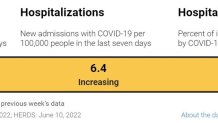
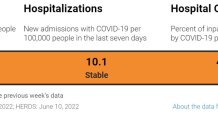
Whatever the reason, the transition still appears to be imminent. New hospitalizations have plunged and are now at 19 over a seven-day rolling period, down nearly four times the rolling average for the prior four weeks. New daily cases are down 19% on a rolling basis compared with the average for the prior four weeks. COVID deaths are stable.
Thursday's data update comes on the heels of a COVID wave that saw all five New York City counties vaulted into the CDC's top risk category for community viral spread.
Transmission rates soared in Manhattan and Staten Island, in particular, the last few months, though all five boroughs have seen those plunge. As of the latest data, the Bronx, which was long the lone holdout in the medium-risk category before joining the other boroughs in May, is the only one of the five with a rate below 200.0 per 100,000.
More Coverage
Staten Island currently has the highest transmission rate (274.71), followed by Manhattan (260.57), Queens (258.4), Brooklyn (228.6) and the Bronx (194.96).
The latest wave has been largely blamed on the omicron subvariant BA.2.12.1, which has been said to be at least 25% more transmissible than the strain that came before it, omicron's BA.2. BA.2 was thought to be at least 30% more contagious than the original omicron, which, as all of America and the globe saw this past winter, was the most infectious COVID strain to date at the time.
Hospitalizations increased, though to a lesser and more manageable degree.
Similar patterns played out across the state at other times over the last few months, though the downstate region that includes New York City likely experienced that variant spread earlier than other states and major metro areas, based on the U.S. spots still grappling with high average COVID case and hospitalization rates.
Long Island currently has the highest rolling positivity rate (7.4%) of all 10 counties in New York state, per state data, and both counties, Suffolk and Nassau, remain in the CDC's high-risk category. Still, they are two of just seven New York state counties -- seven of the state's 62 counties, or 11.2% -- now with that designation.
Those numbers alone reflect a drastic reversal. As recently as May 20, 54 of the state's 62 counties (87%) of the total, were considered high-risk areas.

